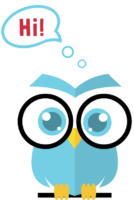Teacher Guide: Vocabulary Development Resource Sets
As a teacher, you know that helping readers develop robust vocabulary strengthens oral reading fluency and comprehension.
Vocabulary development can happen anytime children read, write, speak, and listen. That means it’s important to give students a variety of opportunities to interact with new words throughout the day.
Because multiple and varied encounters with words are key to vocabulary development, the BookPagez Vocabulary Connections packages provide students with an opportunity to read new words, write new words, play games with new words, discover new words within text, and talk with other readers about the new words.
Vocabulary development can happen anytime children read, write, speak, and listen. That means it’s important to give students a variety of opportunities to interact with new words throughout the day.
Because multiple and varied encounters with words are key to vocabulary development, the BookPagez Vocabulary Connections packages provide students with an opportunity to read new words, write new words, play games with new words, discover new words within text, and talk with other readers about the new words.
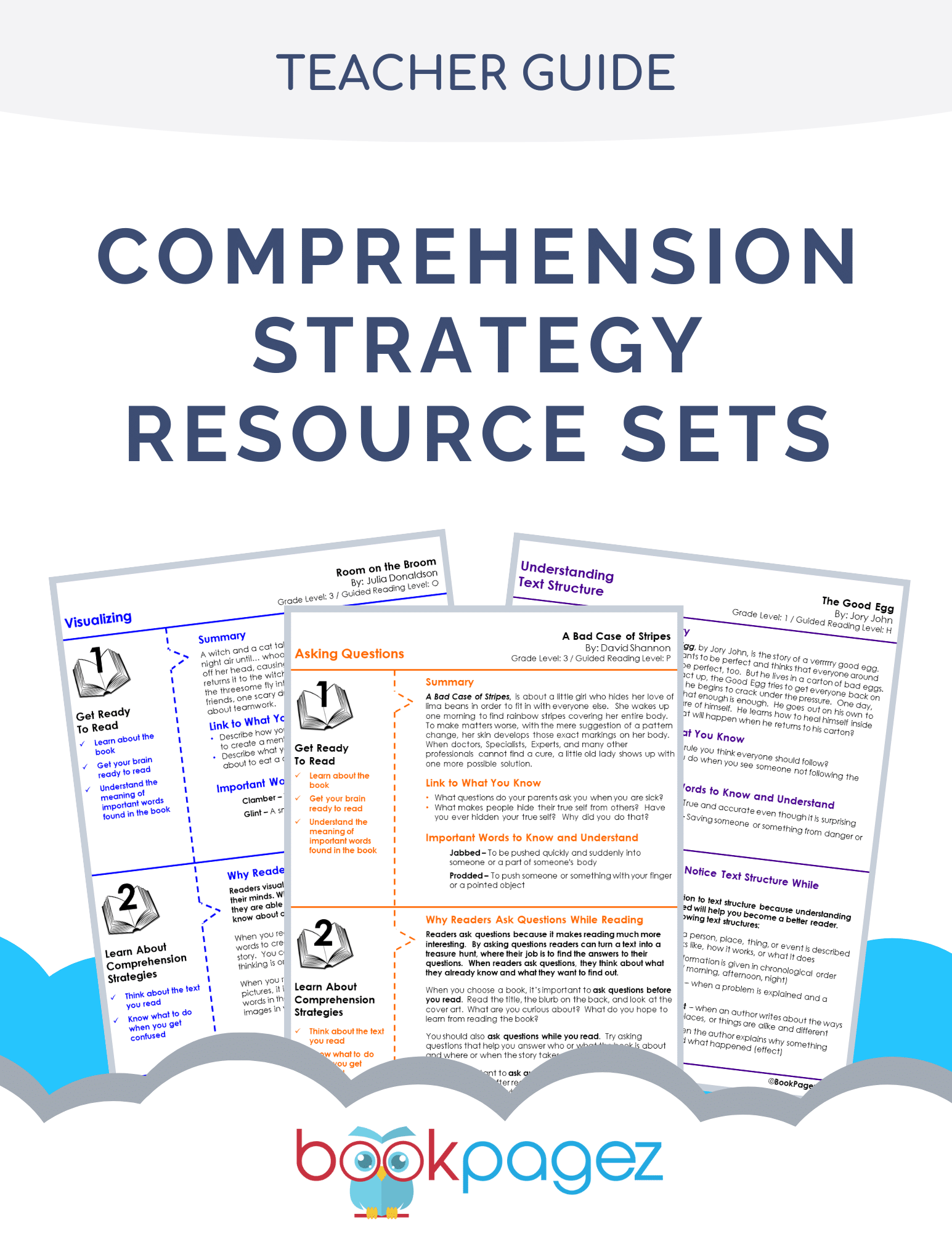
Table Of Contents
Overview of the Vocabulary Development Resource Sets
The Vocabulary Connections packages are intended to be used as a supplement to the Comprehension Strategy Lesson Plans and Book Club Resource Sets.
Here's what you'll find in the Vocabulary Development Resource Sets:
Here's what you'll find in the Vocabulary Development Resource Sets:
- Vocabulary Word List (containing ten important words to know and understand in order to comprehend the text)
- Word and Picture Sorting Cards
- Word and Definition Sorting Cards
- Making Connections
- Interactive Vocabulary Notebook Cards
- Making Predictions
- Word Games
- Personalized Vocabulary Word Bookmark
- Word Web Activity
- Common Core State Standard and TEKS Alignment
Video Walkthrough
Tips for Using the Vocabulary Development Resources
The Vocabulary Connections resources are intended to be used with specific picture and chapter books. Each book has been leveled according to the Guided Reading Level (if you don’t use the Fountas and Pinnell’s Guided Reading Levels, click here for a handy conversion chart).
As a result, all of the vocabulary words that are used in the Vocabulary Connections packages will best support readers who are reading text at the book’s specific Guided Reading Level.
Because the resources are intended to be used with books you’re already using for whole group and small group instruction, you choose use as many or as few of the resources as you like. The goal of the resource package is simply to provide you with tools that are proven to support vocabulary development.
As a result, all of the vocabulary words that are used in the Vocabulary Connections packages will best support readers who are reading text at the book’s specific Guided Reading Level.
Because the resources are intended to be used with books you’re already using for whole group and small group instruction, you choose use as many or as few of the resources as you like. The goal of the resource package is simply to provide you with tools that are proven to support vocabulary development.
How to Use the Vocabulary Word List
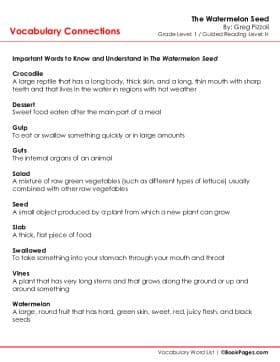
The words included on this list are Tier 2 and 3 vocabulary words. Tier 2 words are high frequency vocabulary words that are necessary for reading comprehension. The chances of Tier 2 words showing up in other text is high.
Tier 3 words are lower frequency words that are specific to the text. These words have been selected based on their level of importance in the text. The chances of Tier 3 words showing up in other text is low.
Here are some ways you could use the Word List:
Tier 3 words are lower frequency words that are specific to the text. These words have been selected based on their level of importance in the text. The chances of Tier 3 words showing up in other text is low.
Here are some ways you could use the Word List:
- Introduce the words before reading the book
- Try using them in a sentence
- Challenge your students to guess the words’ meanings based on context clues
- Finally, be on the lookout for the word while reading. Compare the meaning of the words to their guess
How to Use the Sorting Cards
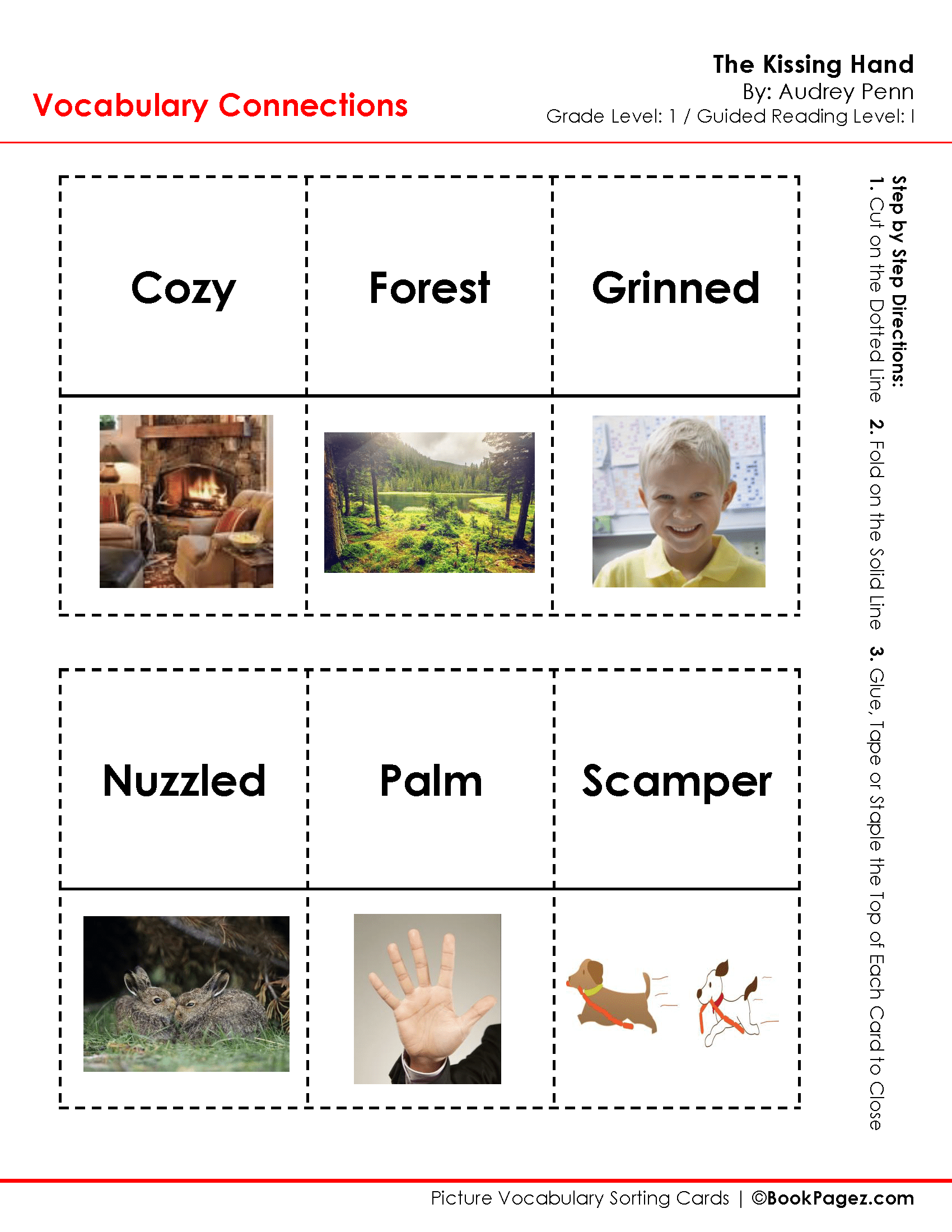
There are 2 sets of sorting cards. The first set includes the vocabulary word and a picture of the word. This set of cards is particularly helpful for English Language Learners, but can be used with any student to scaffold prior knowledge and connect new words to visual memory.
The second set of cards includes the vocabulary words and a kid-friendly definition of each word. These cards are helpful when reviewing vocabulary words.
Here are some ways you could use the Sorting Cards:
The second set of cards includes the vocabulary words and a kid-friendly definition of each word. These cards are helpful when reviewing vocabulary words.
Here are some ways you could use the Sorting Cards:
- Match the words to the picture
- Match the words to the definition
- Sort the cards according to attribute (color, emotion, nouns, etc.)
How to Use the Interactive Vocabulary Notebook Cards
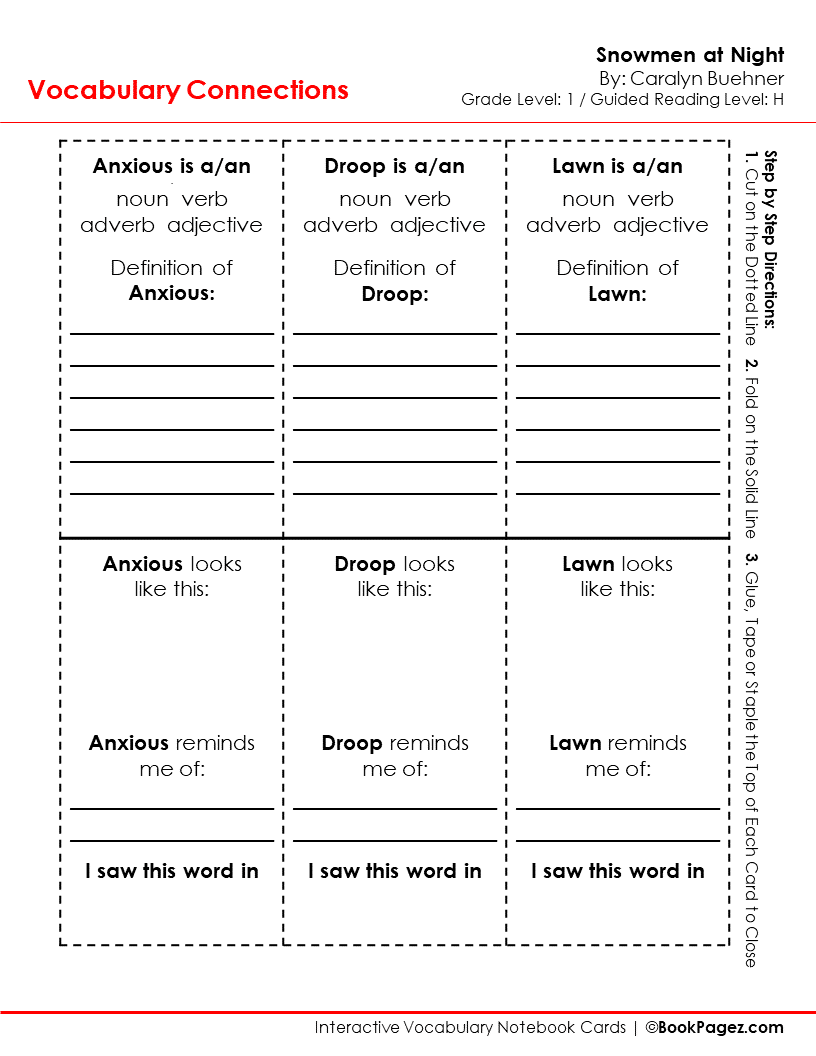
The interactive notebook cards provide students with a tool to process new vocabulary words. These cards engage multiple parts of the brain and help students to personalize their learning.
As a result of using these cards, students will do the following:
As a result of using these cards, students will do the following:
- Identify the places in the book where students can explicitly practice each strategy. Provide you with text specific guiding questions to support student use of the strategy
- Connect the new word to a word they already know
- Classify the word as a noun, verb, adverb, or adjective
- Review the definition of the new word
- Illustrate the new word
- Anchor the new word to a specific text
How to Use the Word Games
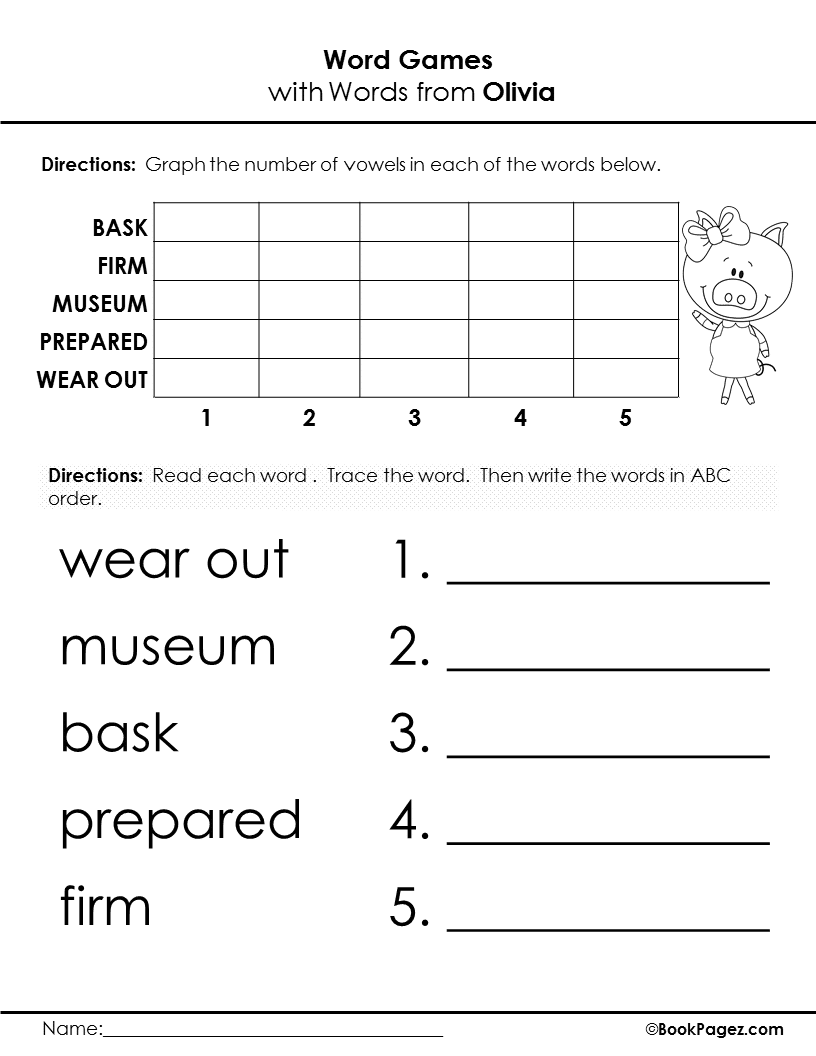
Each Vocabulary Connections package provides students with a set of word games (and an answer key).
These games are intended to help students practice working with the new vocabulary words in a more traditional format. Each package contains a different set of word games including crossword puzzles, word searches, graphing, categorizing, matching, and more.
These games are intended to help students practice working with the new vocabulary words in a more traditional format. Each package contains a different set of word games including crossword puzzles, word searches, graphing, categorizing, matching, and more.
How to Use the Personalized Bookmarks
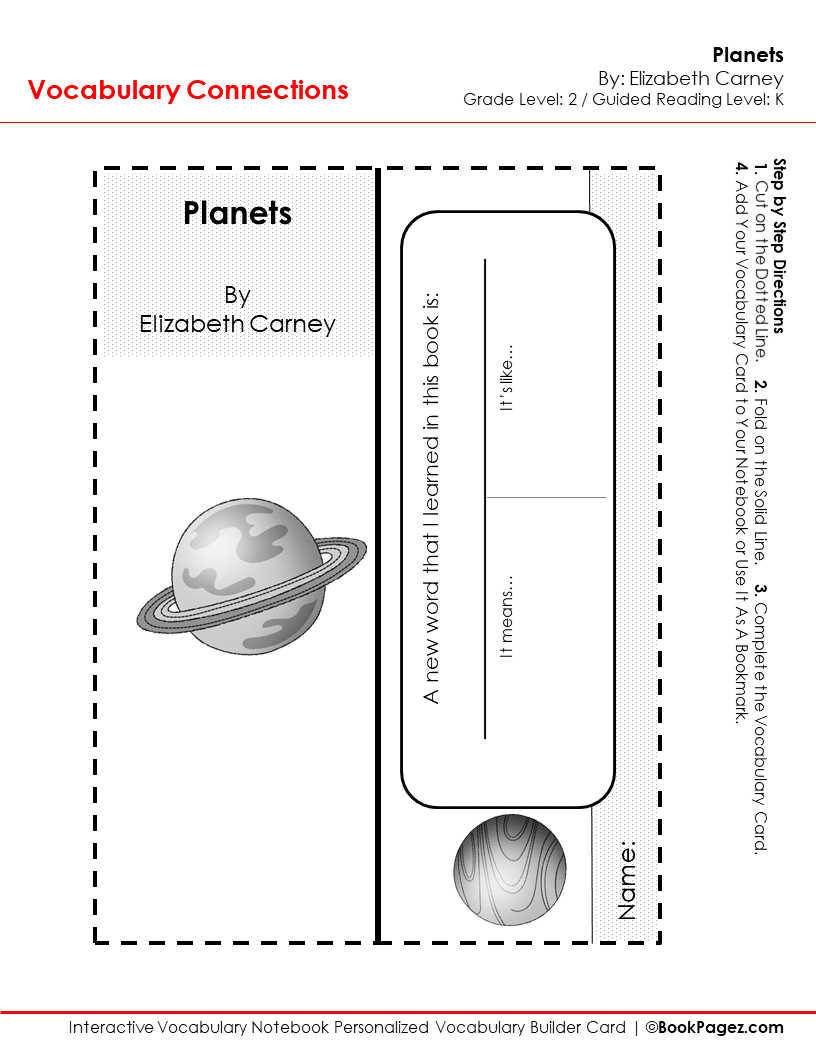
The bookmark provides students with the opportunity to identify a word from the book that they would like to remember. The student records the word, writes its definition, and compares the word to another word they already know. In this way, students are able to keep track of words that are new to them.
Try providing students with an envelope that can be used to store all of their vocabulary bookmarks. Then the envelope could be glued into a vocabulary or reader’s notebook for students to return to and review.
Try providing students with an envelope that can be used to store all of their vocabulary bookmarks. Then the envelope could be glued into a vocabulary or reader’s notebook for students to return to and review.
How to Use the Word Web Activities
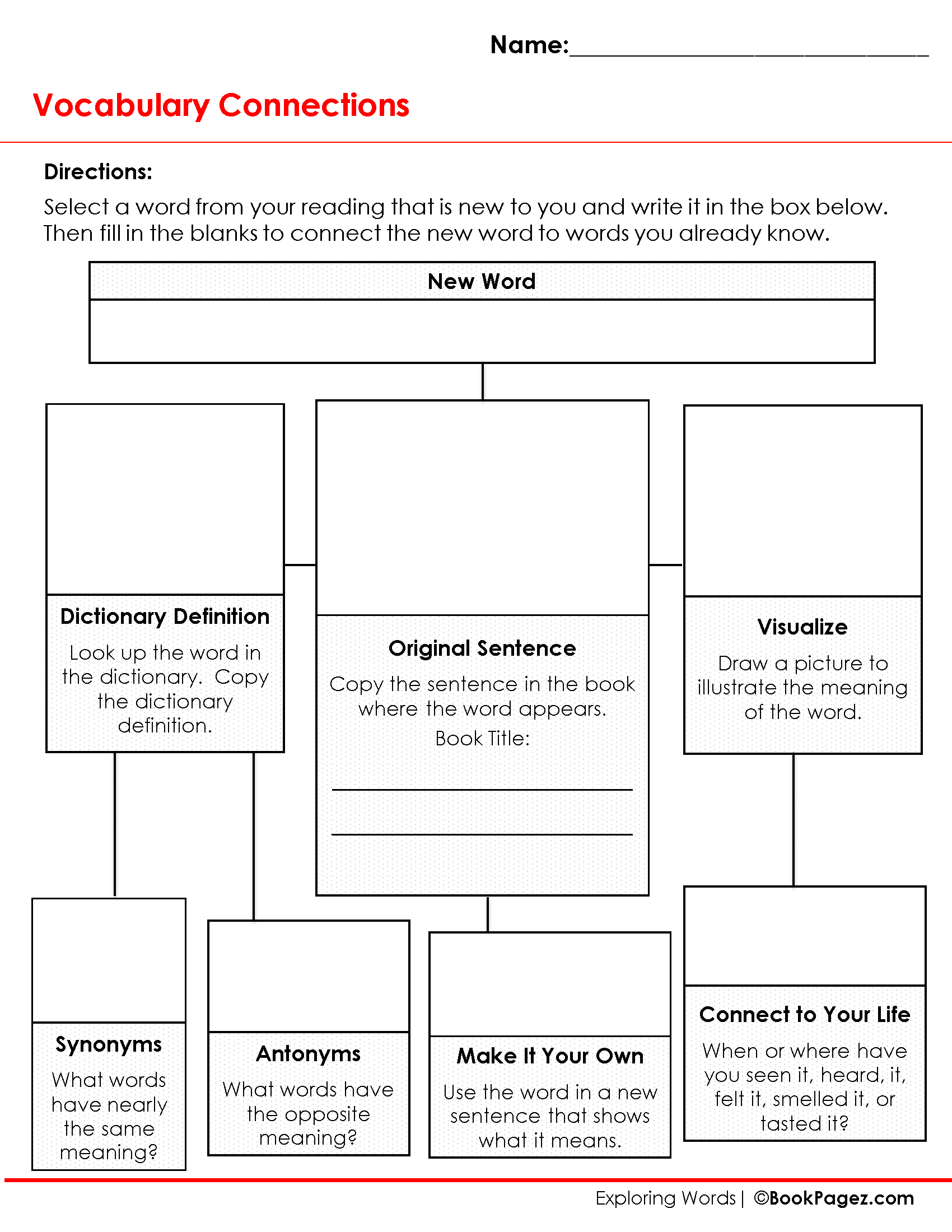
This simple graphic organizer (and an alternative to the interactive vocabulary notebook cards) provides students with the opportunity to connect new words to their existing vocabularies. Students identify antonyms, synonyms, connect the new word to their life, use the word in a sentence, look up the dictionary definition, and illustrate the words.
How to Use the Context Clue Activities
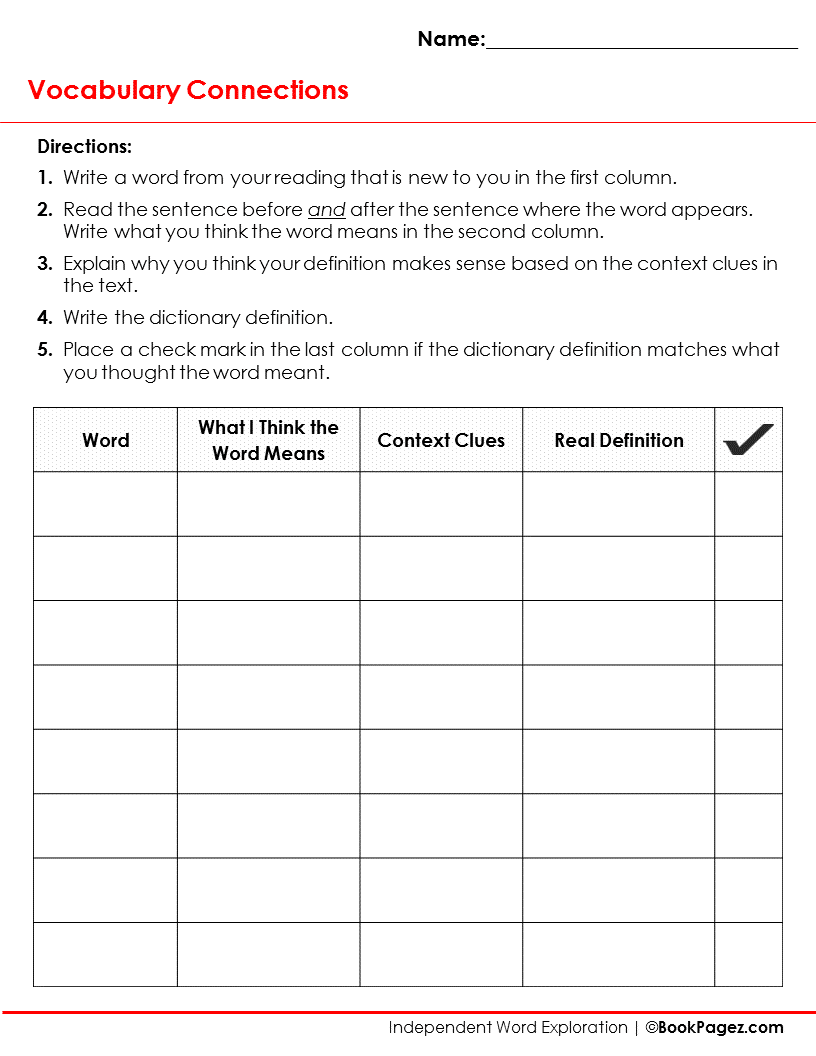
Use this simple chart to encourage students to track new and interesting words when reading independently. Through using context clues to identify the new words students will call upon prior vocabulary knowledge to make meaning while reading.
A Note About Standards Alignment
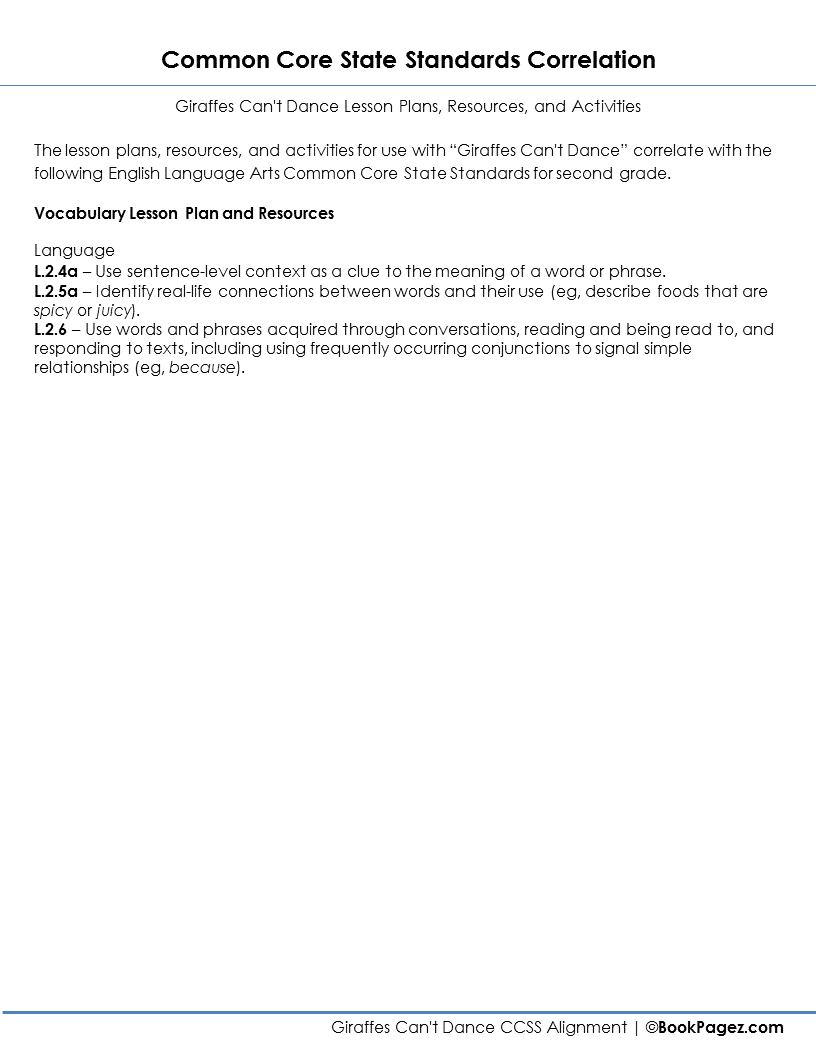
All of the Comprehension Strategy Lesson Plans include Common Core State Standard alignment. The standards listed with each lesson plan are based on the Guided Reading Level of the book pairing.
So, for example, if the book has been identified as a Guided Reading level L, the book is most appropriate for students reading at a second grade level. Therefore, we have aligned the resources to the Common Core State Standards for second grade.
So, for example, if the book has been identified as a Guided Reading level L, the book is most appropriate for students reading at a second grade level. Therefore, we have aligned the resources to the Common Core State Standards for second grade.


